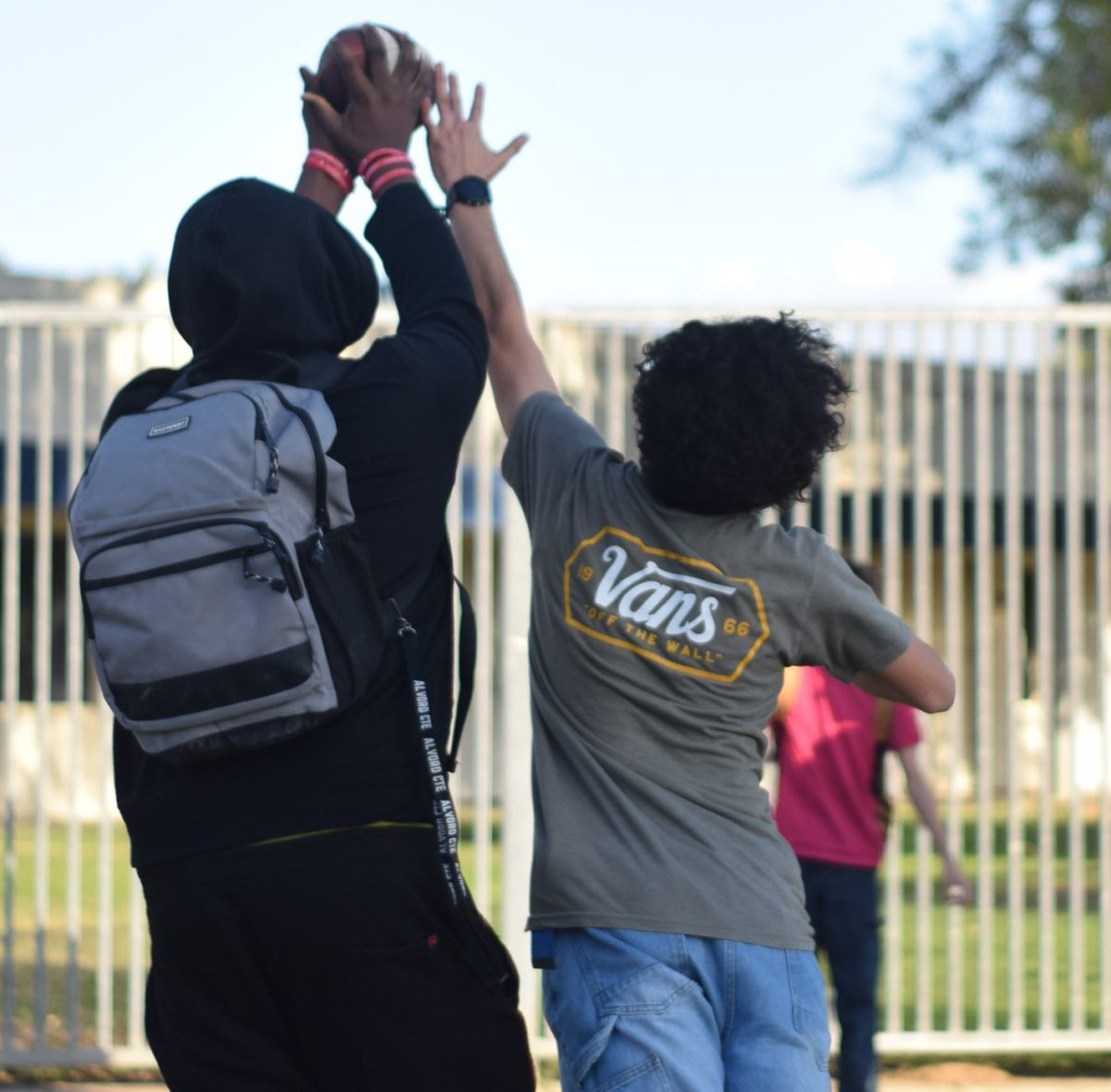In today’s world, ensuring the safety of students and staff in high school is a top priority. Two critical components of school safety are lockdown procedures and fire drills. Both are designed to prepare everyone for emergencies, though they address different types of threats. Understanding the purpose, execution, and importance of these drills can help create a safer school environment. Lockdown procedures are initiated when there is an imminent threat inside or near the school. These threats can range from intruders to nearby criminal activity. The primary goal of a lockdown is to secure students and staff in safe locations within the school until the threat is neutralized. A student by the name of Angel De Jesus, a senior, says, “When we do a lockdown drill for practice we turn off the lights and go somewhere else and stay away from windows.”
The key steps in lockdown procedures are Announcement: A lockdown is usually announced over the school intercom or public address system. Securing Doors: Teachers lock classroom doors, turn off lights, and instruct students to move away from windows and doors. Hiding: Students and staff hide in a designated safe area, remaining quiet and out of sight. Communication: The administration maintains communication with local law enforcement and updates everyone as the situation evolves. And lastly All-Clear Signal: The lockdown ends only when an official all-clear signal is given by the authorities. Lockdown drills are conducted regularly to ensure that everyone knows what to do and can act quickly and calmly in a real situation. These drills can be stressful, but they are essential for preparedness.
Fire drills, on the other hand, are conducted to prepare for emergencies involving fire. The objective is to evacuate the building quickly and safely. The key steps in fire drills are, Alarm Activation: The fire alarm sounds, signaling the start of the drill. Orderly Evacuation: Students and staff follow designated evacuation routes, which are usually posted in classrooms and hallways. Assembly Points: Everyone gathers at predetermined assembly points outside the building, away from potential danger. Roll Call: Teachers take attendance to ensure all students are accounted for. Reentry: After the building is deemed safe, an all-clear signal allows everyone to return inside.
Ismael Pena, a senior, when asked what he does and his classmates do, says “We hear the alarm go off then we form a line and follow our teacher to our designated spot and then we get our names called for roll call and then we get told by the principles that we can return to class or lunch depending on when the drill starts.”
Fire drills are designed to ensure that evacuations are conducted swiftly and efficiently. Regular practice helps to minimize confusion and panic during an actual fire emergency. The importance of both drills is this, both lockdown procedures and fire drills are vital for several reasons; Preparedness: Regular drills ensure that students and staff know exactly what to do, which can save lives during actual emergencies. Confidence: Familiarity with the procedures can reduce anxiety and increase confidence in the school’s safety measures. Efficiency: Practiced routines become second nature, allowing for quick and orderly responses to threats.
In conclusion, the safety of students and staff is paramount in any educational environment. By regularly practicing lockdown procedures and fire drills, schools can create a culture of preparedness and resilience. While it is hoped that these measures will never need to be used in real life, being prepared for the worst ensures the best possible outcomes in emergency situations.










